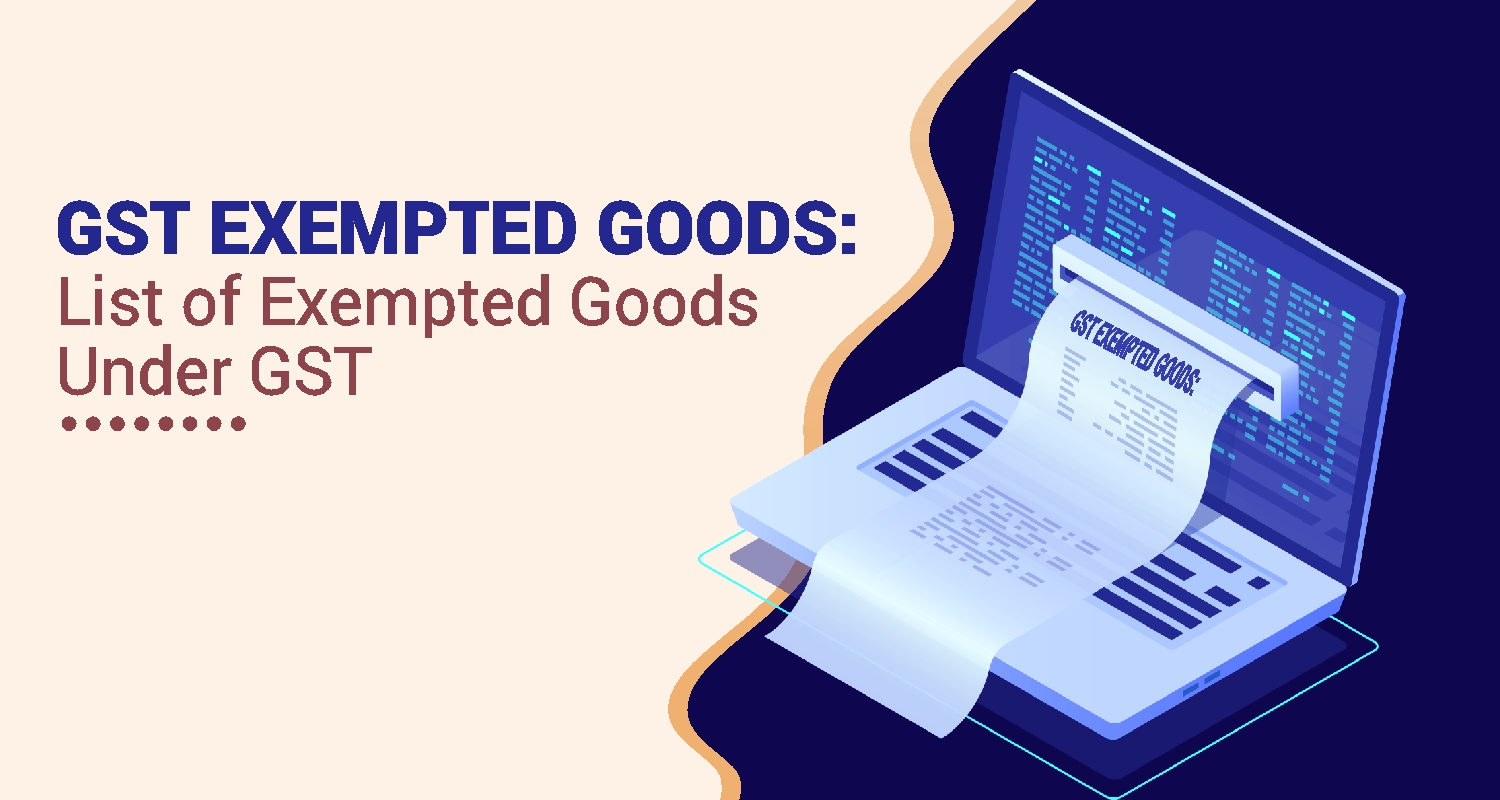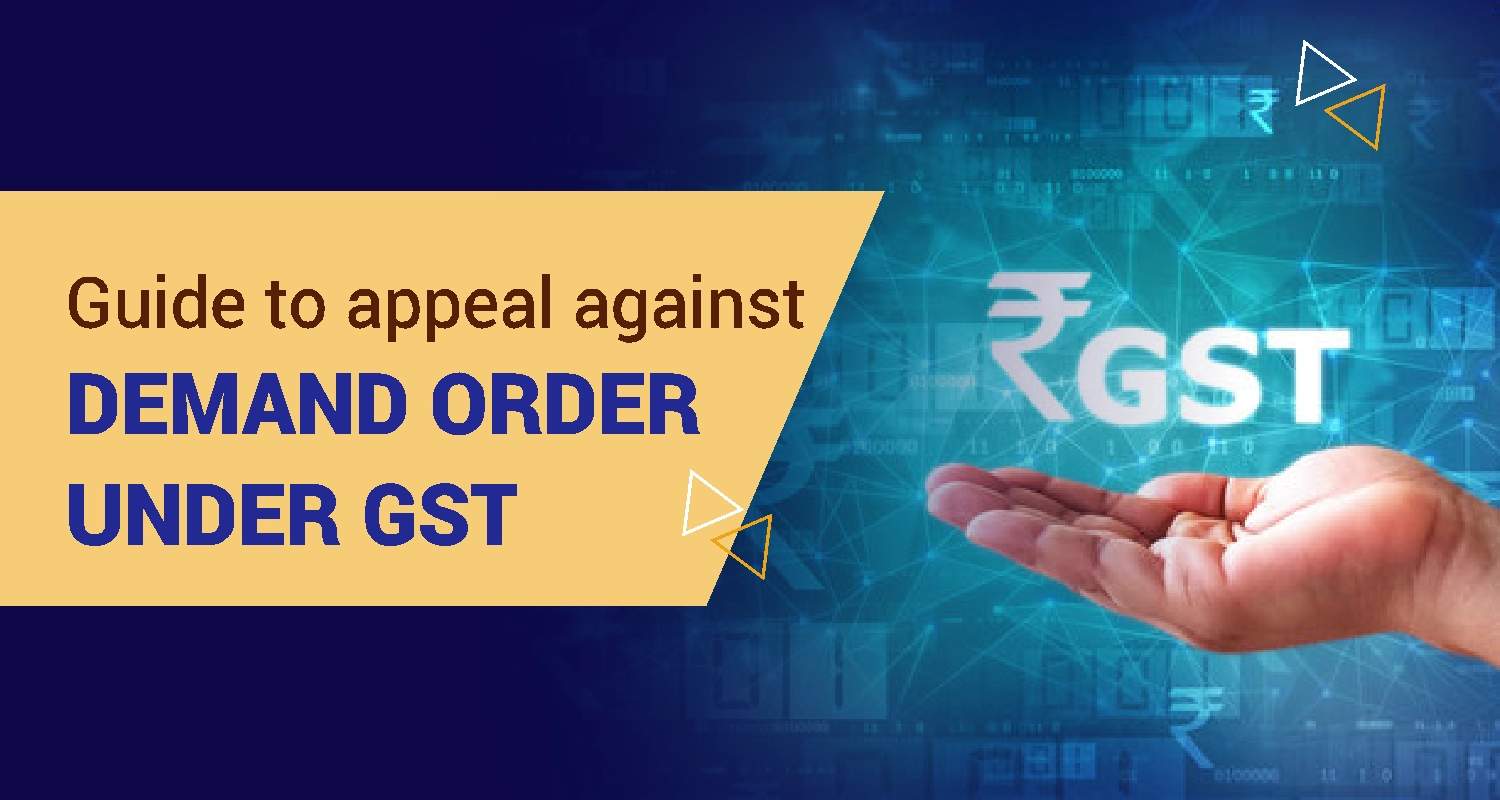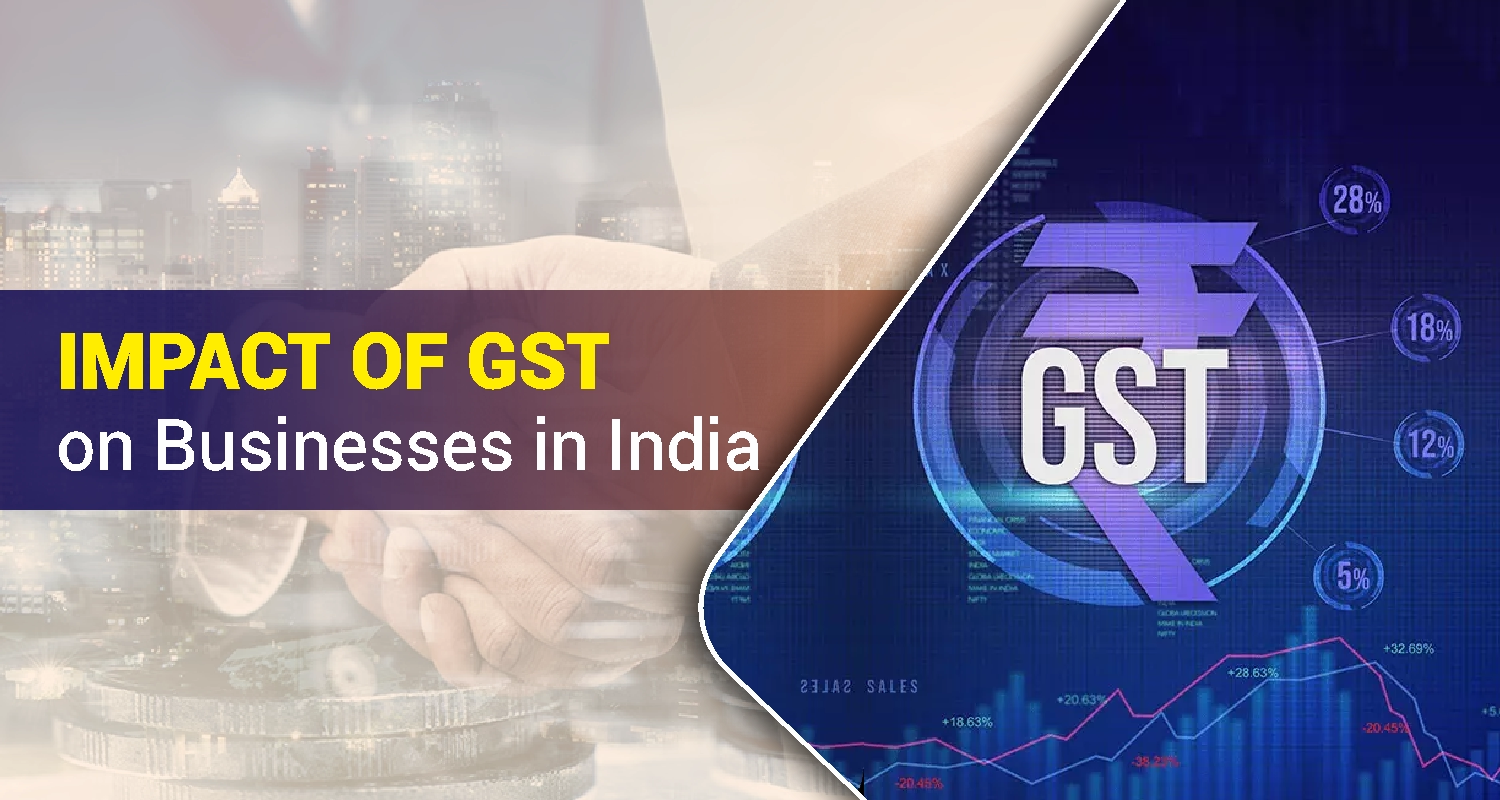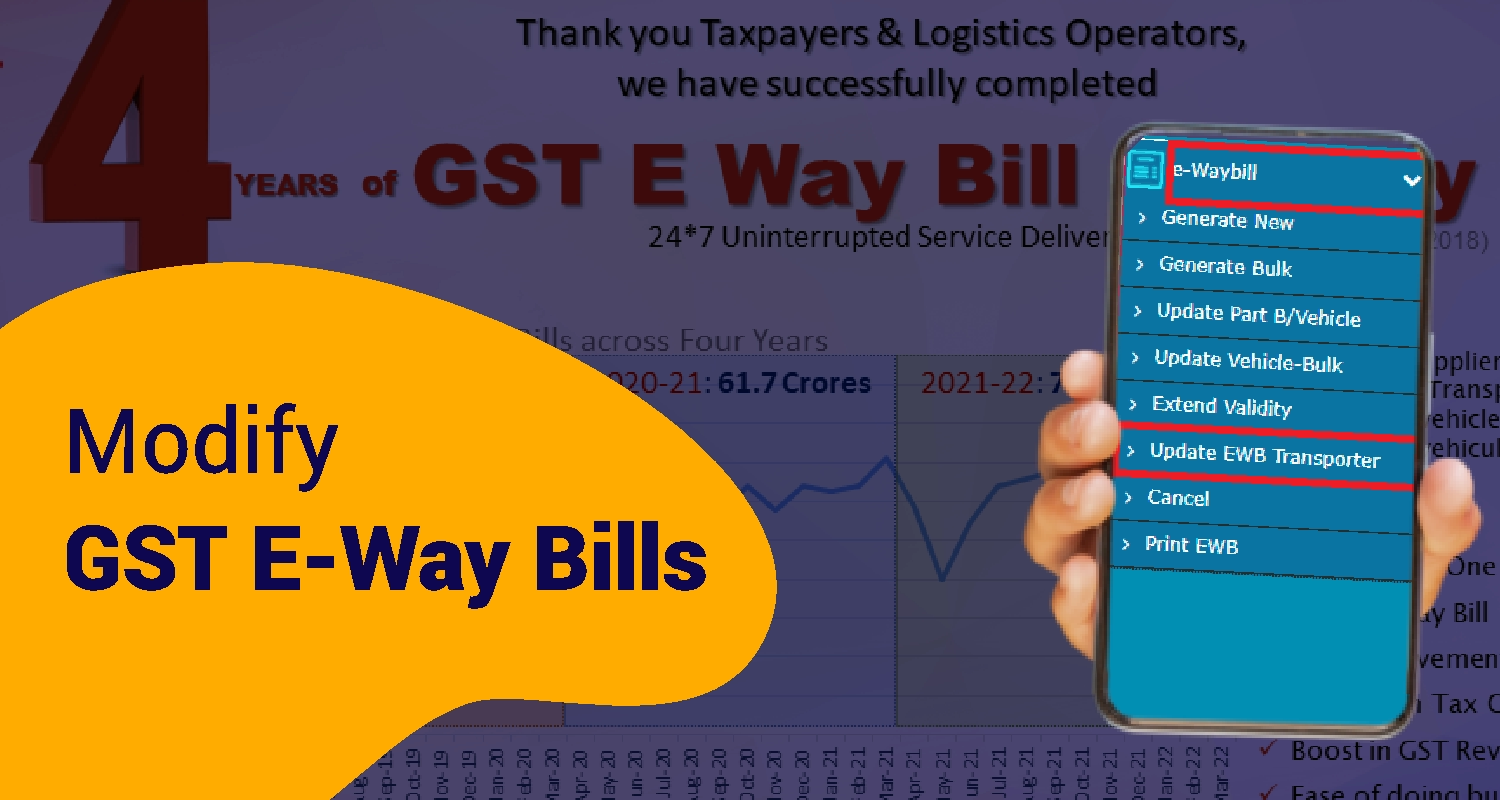Long-Term Capital Gains Tax: Everything You Need to Know
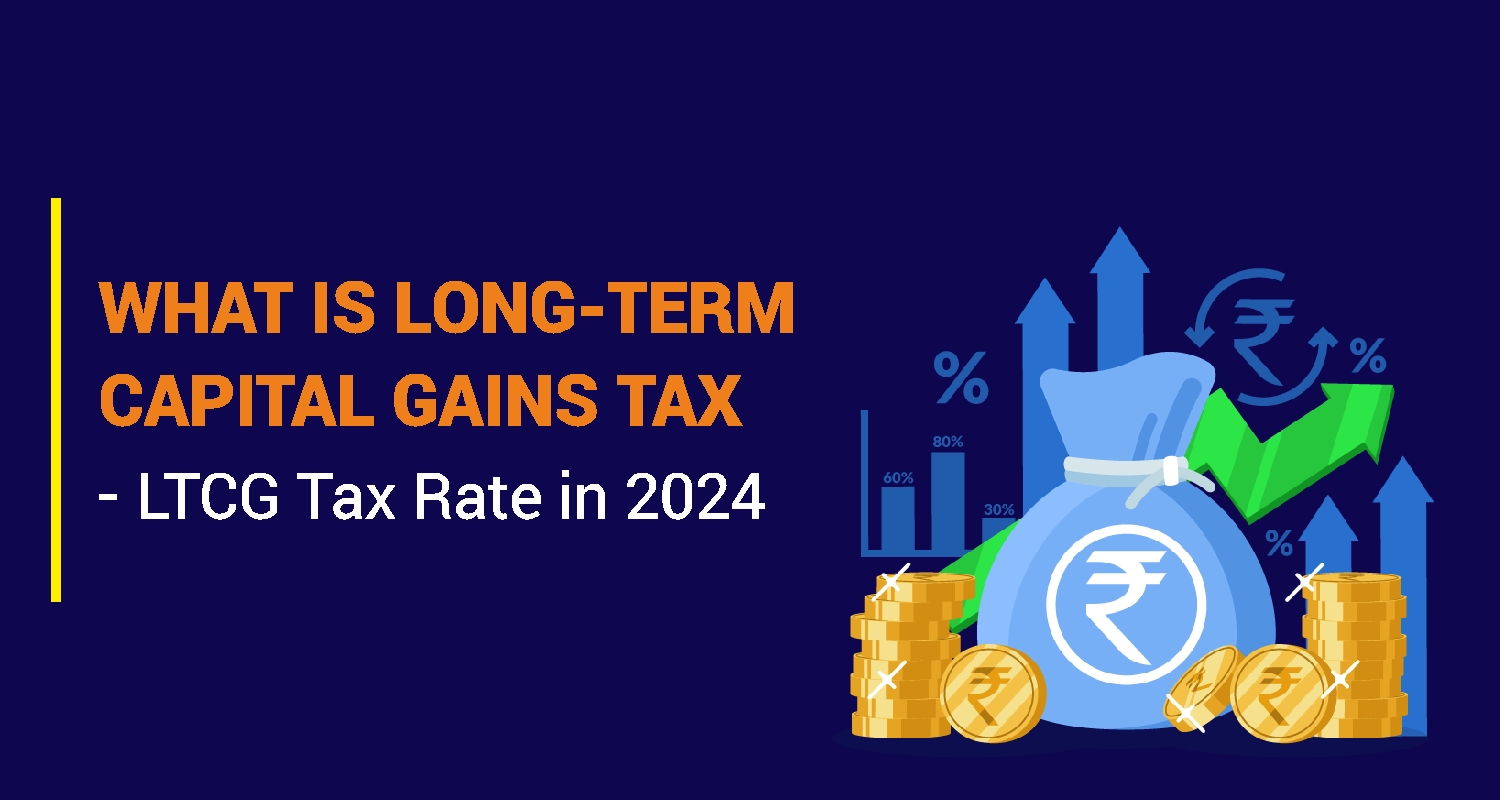
When it comes to making investments in assets like stocks, mutual funds, or real estate, one of the key considerations is the potential tax impact on the capital gains earned from these investments. A significant part of this tax consideration is Long-Term Capital Gains Tax (LTCG), which applies when assets are held for a period exceeding a certain threshold, typically over a year.
Many investors wonder, what is long-term capital gain tax and how does it affect their financial planning? This article provides a detailed guide to LTCG in 2024, explaining its calculation, applicable rates, exemptions, and the nuances that investors should be aware of when preparing their tax returns. Understanding LTCG is essential to managing tax liability effectively, whether you are involved in equity trading, real estate investments, or mutual funds.
What is Long-Term Capital Gains Tax (LTCG)?
LTCG tax applies to profits from selling assets classified as long-term. The holding period determines whether the asset qualifies for LTCG treatment:
- Equity shares or equity-oriented mutual funds: Held for over 12 months.
- Real estate, gold, or other assets: Held for over 36 months.
LTCG is calculated by deducting the cost of acquisition, improvement costs, and expenses incurred during the sale from the sale proceeds.
Budget 2024 Updates
The Union Budget 2024 introduced important changes:
- Increased Tax Rate for Equity: LTCG tax on equity and equity-oriented mutual funds rose from 10% to 12.5% for gains exceeding ₹1.25 lakh annually.
- Exemption Limit Adjustment: The annual tax-free exemption limit increased from ₹1 lakh to ₹1.25 lakh for equity-based gains.
- Tax on Debt Funds: Gains from debt funds continue to attract 20% LTCG tax with indexation benefits.
These updates emphasize the need to adjust financial strategies accordingly.
Steps to Calculate Long-Term Capital Gain Tax in India
Step 1: Determine Sale Price
The sale price is the amount you received from selling the capital asset. This can include the actual sale consideration agreed upon during the sale of property, shares, or other assets. For equity shares or mutual funds sold on the stock exchange, the sale price is the net amount credited to your account after deducting brokerage and transaction charges. This serves as the starting point for computing LTCG.
Sapna aapka. Business Loan Humara.
Apply NowStep 2: Compute the Cost of Acquisition (COA)
For Assets Purchased Before January 31, 2018
If the asset was acquired before January 31, 2018, the grandfathering rule applies. This rule ensures gains accrued before January 31, 2018, are not taxed. Here's how the COA is determined:
- Compare the actual purchase price with the Fair Market Value (FMV) as of January 31, 2018.
- Take the higher value between the two but ensure it does not exceed the sale price.
For Assets Purchased After January 31, 2018
If the asset was acquired after January 31, 2018, the COA is simply the actual purchase price paid for acquiring the asset.
Example:
- Purchase Price: ₹5,00,000
- FMV on January 31, 2018: ₹6,00,000
- Sale Price: ₹7,00,000
The COA would be ₹6,00,000 as it is higher than ₹5,00,000 but does not exceed ₹7,00,000.
Step 3: Deduct Allowable Expenses
Deduct all expenses directly related to the transfer or improvement of the asset. These could include:
- Brokerage Charges: For equity shares or property transactions.
- Improvement Costs: For real estate, any renovation or construction expenses incurred to enhance the property value.
- Other Transfer Costs: Legal fees, stamp duty, or advertisement expenses incurred to sell the asset.
These deductions reduce the taxable capital gains and are essential to include while computing LTCG.
Step 4: Subtract the COA and Deductions from the Sale Price
Finally, subtract the computed COA and allowable deductions from the total sale price. The resulting figure is the long-term capital gain.
Formula for LTCG:LTCG=Sale Price−(COA+Allowable Expenses)\text{LTCG} = \text{Sale Price} - (\text{COA} + \text{Allowable Expenses})LTCG=Sale Price−(COA+Allowable Expenses)
Example Calculation:
- Sale Price: ₹10,00,000
- COA: ₹6,00,000
- Allowable Expenses: ₹50,000
This is the amount subject to taxation under the applicable LTCG tax rate.
Factors Influencing LTCG Calculation
- Asset Type: Equity, debt, real estate, etc., impact tax rates and exemptions.
- Holding Period: Determines whether the gains qualify as long-term or short-term.
- Indexation: Adjusts the purchase price for inflation (applicable for non-equity assets).
- Exemptions: Benefits under Sections 54, 54F, and 54EC can reduce taxable gains.
What is Long-Term Capital Gain Tax Rate
The LTCG tax rates depend on the asset type:
- Equity Shares or Mutual Funds: 12.5% without indexation for gains over ₹1.25 lakh annually.
- Other Assets (e.g., Real Estate): 20% with indexation.
- Debt-Oriented Funds: 20% with indexation.
Types of Long-Term Capital Gain Tax
Long-Term Capital Gain Tax on Shares
For listed equity shares or equity mutual funds held for over 12 months:
- Gains up to ₹1.25 lakh annually are tax-free.
- Gains exceeding ₹1.25 lakh are taxed at 12.5%.
What is Long-Term Capital Gain Tax on Property
For property held over 36 months:
- Gains are taxed at 20% after adjusting for inflation using the Cost Inflation Index (CII).
- Exemptions can be claimed under Section 54 (reinvestment in another property) or Section 54EC (investment in specified bonds).
What Are the Exemptions on Long-Term Capital Gains Tax?
Taxpayers can claim exemptions by reinvesting gains under the following sections:
- Section 54: Reinvest in residential property within 2 years (purchase) or 3 years (construction).
- Section 54F: Exemption for gains from non-residential property if the entire sale proceeds are reinvested in a residential property.
- Section 54EC: Invest in specified bonds (e.g., NHAI, REC) within 6 months of the sale, up to ₹50 lakh.
Tax Implications for Specific Assets
- Gold and Jewellery: Gains taxed at 20% with indexation.
- Debt Funds: Taxed at 20% with indexation if held for over 36 months.
- Inherited Property: No tax on inheritance, but LTCG applies when sold.
How to Fill Long-Term Capital Gain in ITR-2?
- Access ITR-2 Form: Log in to the Income Tax e-filing portal and choose ITR-2.
- Navigate to the Schedule CG (Capital Gains): Enter details of the sale, COA, and allowable expenses.
- Provide Indexation Details (if applicable): For non-equity assets, apply the relevant CII.
- Compute Tax Liability: Use the automated calculation to verify tax payable.
- Pay Taxes and Submit: Ensure tax payment before submission.
Example of Long-Term Capital Gain Tax
Suppose you sell shares purchased for ₹5,00,000 on January 1, 2018, for ₹7,00,000 on April 1, 2024.
- FMV as of January 31, 2018: ₹6,00,000.
- COA: Higher of ₹5,00,000 or lower of ₹6,00,000 and ₹7,00,000 = ₹6,00,000.
- LTCG: ₹7,00,000 - ₹6,00,000 = ₹1,00,000.
- Tax Liability: No tax since the gain is below ₹1.25 lakh exemption limit.
Conclusion
As you navigate the complexities of the Indian tax system, it's imperative to stay informed about the latest regulations and tax implications. By understanding the nuances of Long-Term Capital Gains Tax (LTCG), you can optimize your tax planning and make informed financial decisions. Consider consulting with a tax advisor to ensure accurate calculations and effective tax management.
FAQs on Long-Term Capital Gains (LTCG) Tax
Q1. What is the holding period required for an asset to qualify as long-term for LTCG tax?Ans. The holding period for an asset to be classified as long-term varies:
-
Equity Shares and Equity-Oriented Mutual Funds: More than 12 months.
- Real Estate, Debt Funds, Gold, or Other Assets: More than 36 months.
Ans. For assets bought before January 31, 2018, the COA is determined using the grandfathering rule:
- Take the higher of the actual purchase price or the Fair Market Value (FMV) as of January 31, 2018.
- Ensure that the COA does not exceed the sale price.
Ans. For listed equity shares or equity-oriented mutual funds, LTCG exceeding ₹1.25 lakh in a financial year is taxed at 12.5% without indexation. Gains up to ₹1.25 lakh remain tax-free.
Q4. Are there any exemptions available for long-term capital gains tax?Ans.Yes, exemptions are available under certain conditions:
- Section 54: Reinvestment in a residential property.
- Section 54F: Reinvestment of sale proceeds from non-residential assets into a residential property.
- Section 54EC: Investment in specified bonds (e.g., NHAI or REC) within 6 months of the sale, up to ₹50 lakh.
Sapna aapka. Business Loan Humara.
Apply NowDisclaimer: The information contained in this post is for general information purposes only. IIFL Finance Limited (including its associates and affiliates) ("the Company") assumes no liability or responsibility for any errors or omissions in the contents of this post and under no circumstances shall the Company be liable for any damage, loss, injury or disappointment etc. suffered by any reader. All information in this post is provided "as is", with no guarantee of completeness, accuracy, timeliness or of the results etc. obtained from the use of this information, and without warranty of any kind, express or implied, including, but not limited to warranties of performance, merchantability and fitness for a particular purpose. Given the changing nature of laws, rules and regulations, there may be delays, omissions or inaccuracies in the information contained in this post. The information on this post is provided with the understanding that the Company is not herein engaged in rendering legal, accounting, tax, or other professional advice and services. As such, it should not be used as a substitute for consultation with professional accounting, tax, legal or other competent advisers. This post may contain views and opinions which are those of the authors and do not necessarily reflect the official policy or position of any other agency or organization. This post may also contain links to external websites that are not provided or maintained by or in any way affiliated with the Company and the Company does not guarantee the accuracy, relevance, timeliness, or completeness of any information on these external websites. Any/ all (Gold/ Personal/ Business) loan product specifications and information that maybe stated in this post are subject to change from time to time, readers are advised to reach out to the Company for current specifications of the said (Gold/ Personal/ Business) loan.
